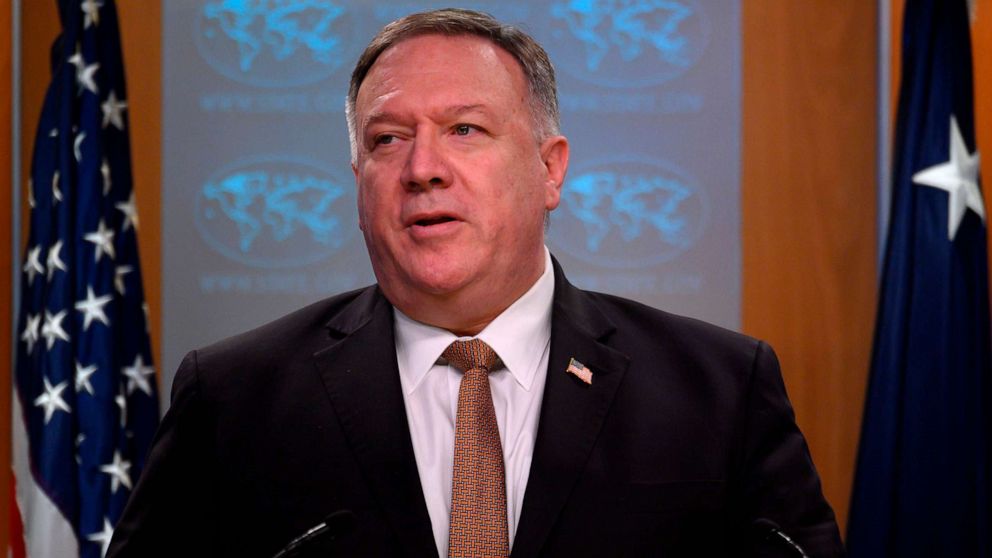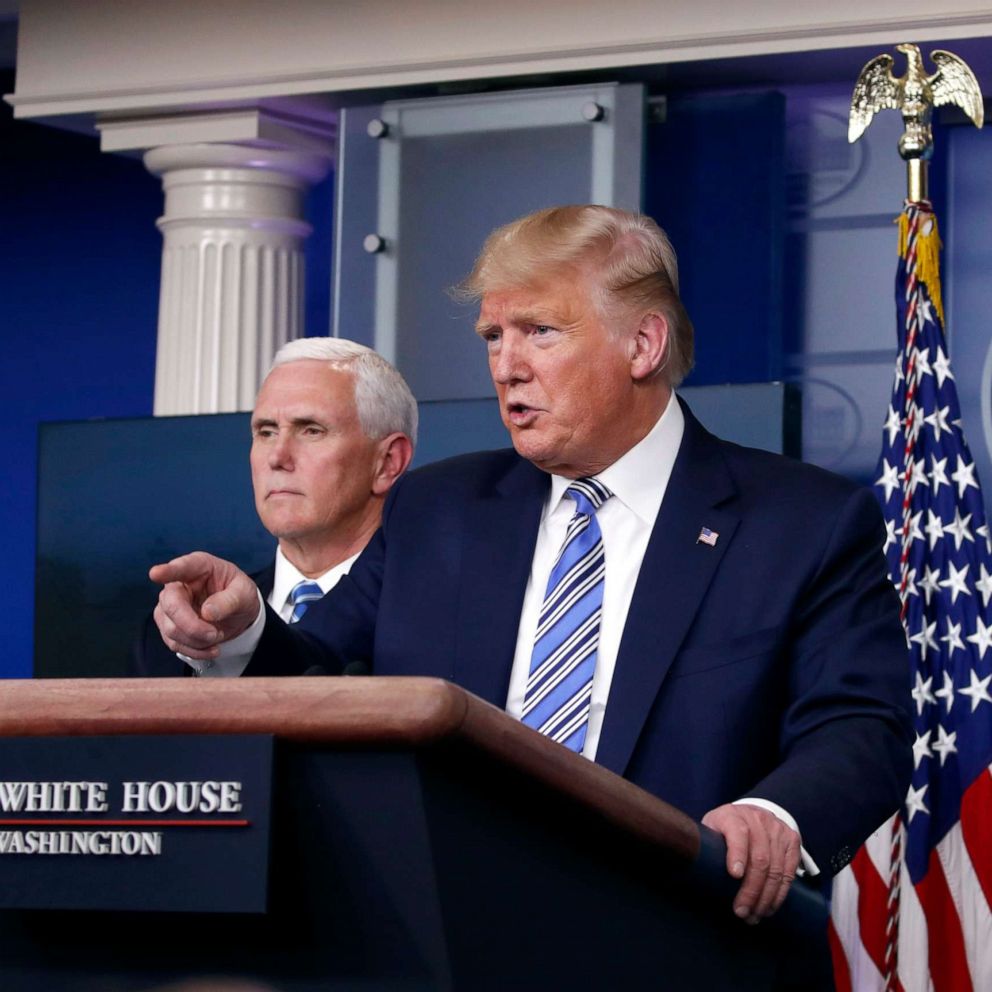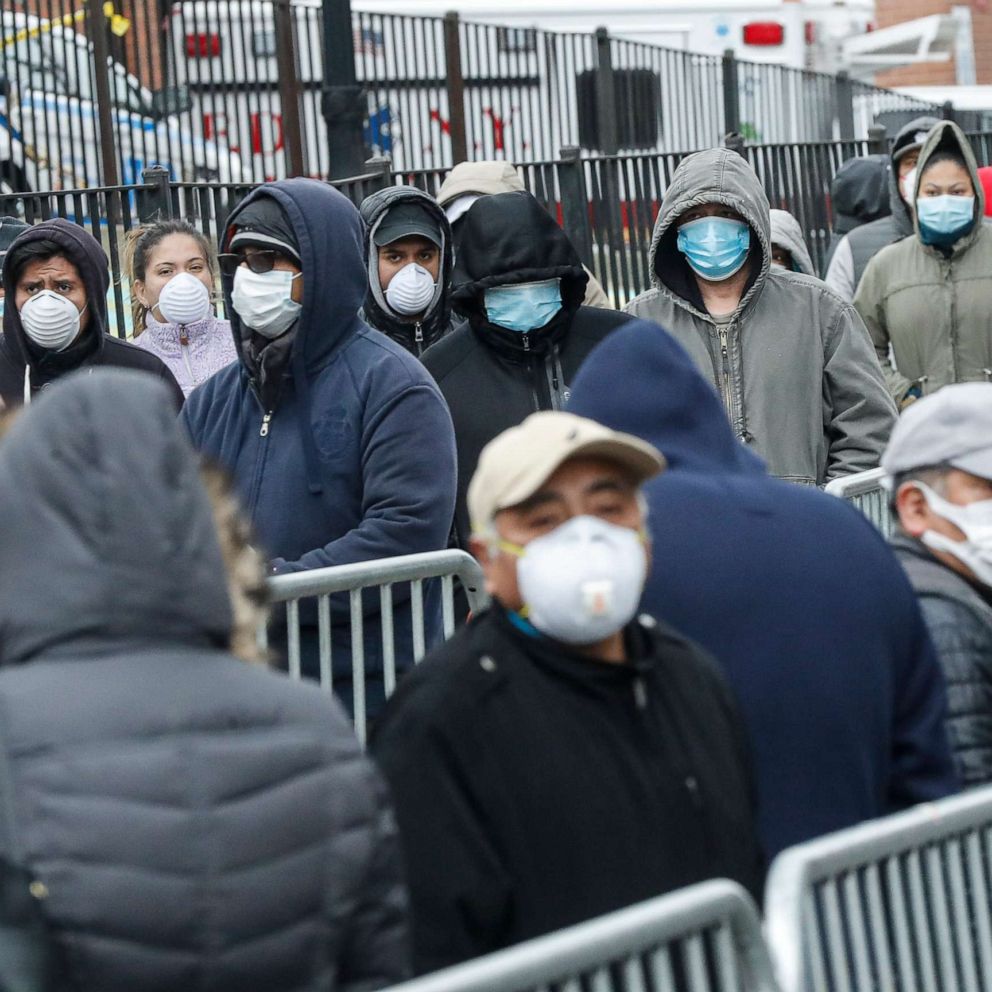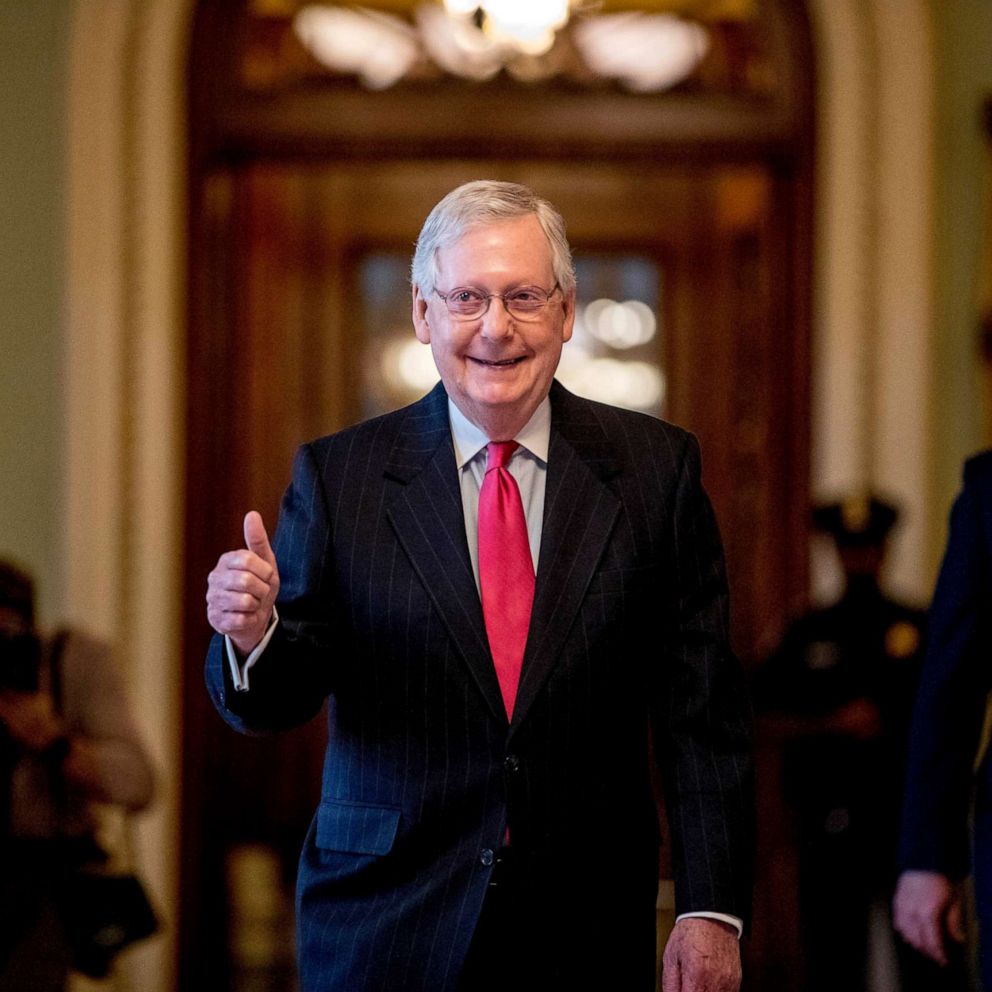Pompeo pushes 'Wuhan virus' label to counter Chinese disinformation
President Donald Trump said he no longer needs to refer to the novel coronavirus as the "Chinese virus," but his top diplomat is continuing to tie the outbreak to the Chinese city where it first exploded, as a way to push back on what he called the Chinese Communist Party's "disinformation campaign."
In brief remarks after hosting the G7 foreign ministers' meeting on Wednesday, Secretary of State Mike Pompeo continued his department's war of words with Chinese officials as the pandemic continues to claim lives and costs economies around the world.
His push seems to have caused a small rift in the G7 alliance, which failed to agree on a joint statement after Pompeo insisted that it include the term "Wuhan virus," according to two sources familiar with the matter.
Tune into ABC at 1 p.m. ET and ABC News Live at 4 p.m. ET every weekday for special coverage of the novel coronavirus with the full ABC News team, including the latest news, context and analysis.
"The Chinese Communist Party poses a substantial threat to our health and way of life, as the Wuhan virus clearly has demonstrated," Pompeo said at the department, blasting Beijing for providing assistance to other countries and then "claiming that they are now the white hat."
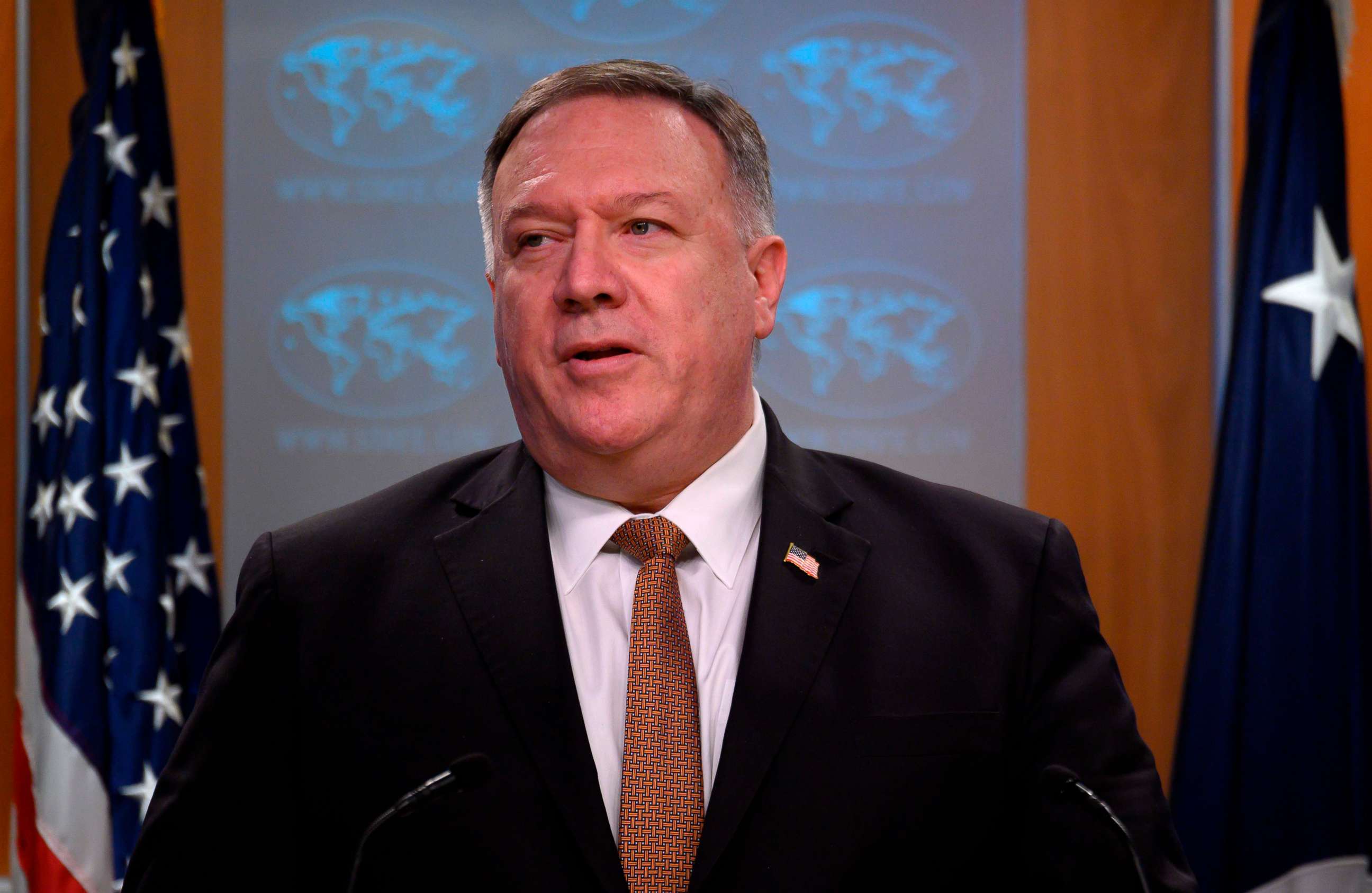
Foreign ministers from the seven countries -- U.S., Canada, France, Germany, Italy, Japan and the United Kingdom -- met via video teleconference on Wednesday, after the U.S. canceled the annual meeting, scheduled for Pittsburgh, because of the COVID-19 outbreak. While they discussed a range of foreign crises where the allies are working together, their first focus was on the pandemic, that has shut down the global economy and killed over 18,500 people.
Amid that global fight, Pompeo and the State Department have waged a second battle to blame the Chinese government for the outbreak, especially after Chinese officials elevated conspiracy theories churning on the web that falsely accused the U.S. military of starting the outbreak.
Chinese Foreign Ministry spokesperson Zhao Lijian pushed those theories on Twitter, prompting the State Department to summon the Chinese ambassador in Washington and dress him down and Pompeo to call his counterpart Yang Jiechi, director of the CCP's Office of Foreign Affairs.
"This is crazy talk," Pompeo said Wednesday of those theories, calling them part of a "disinformation campaign that the Chinese Communist Party is engaged in to try to deflect on what has really taken place here."
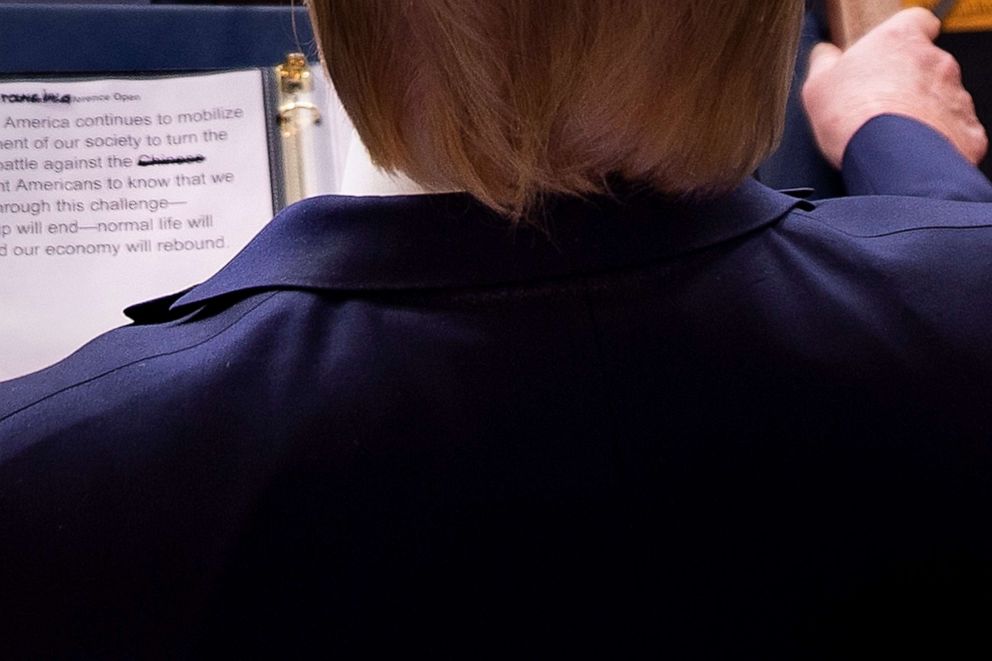
That's a reference to the Chinese government's initial rejection of U.S. offers to help study the virus by sending scientists and experts from the Centers for Disease Control and Prevention to Wuhan. That lack of transparency let the virus spread, Pompeo added, calling for more "transparency" from Beijing.
But it seems U.S. allies wanted to avoid using the term "Wuhan virus" at a time when the World Health Organization has been urging all countries to work together. Two sources familiar with the matter told ABC News that Pompeo and the U.S. delegation wanted a joint statement from the G7 countries to include the term, but it was opposed by others, with no joint statement specific to the pandemic issued in the end.
Asked about that, Pompeo declined to comment specifically on the joint declaration, but told reporters there are "a handful of places like the [Iran nuclear deal] where we have tactical differences about [how] to achieve our strategic outcomes" with allies.
But in response to calls for the U.S. to work with China, Pompeo said American officials "desperately want to work with every country around the world," including China, but have been rebuffed by Beijing.
Beyond the G7, Pompeo's attacks also contrast with Trump's more conciliatory tone on Tuesday. In an interview with Fox News, he said he wasn't going to use the phrase "Chinese virus" anymore, not because it's been criticized for stigmatizing Asians and sparking threats against Asian Americans, but because he no longer needed to.
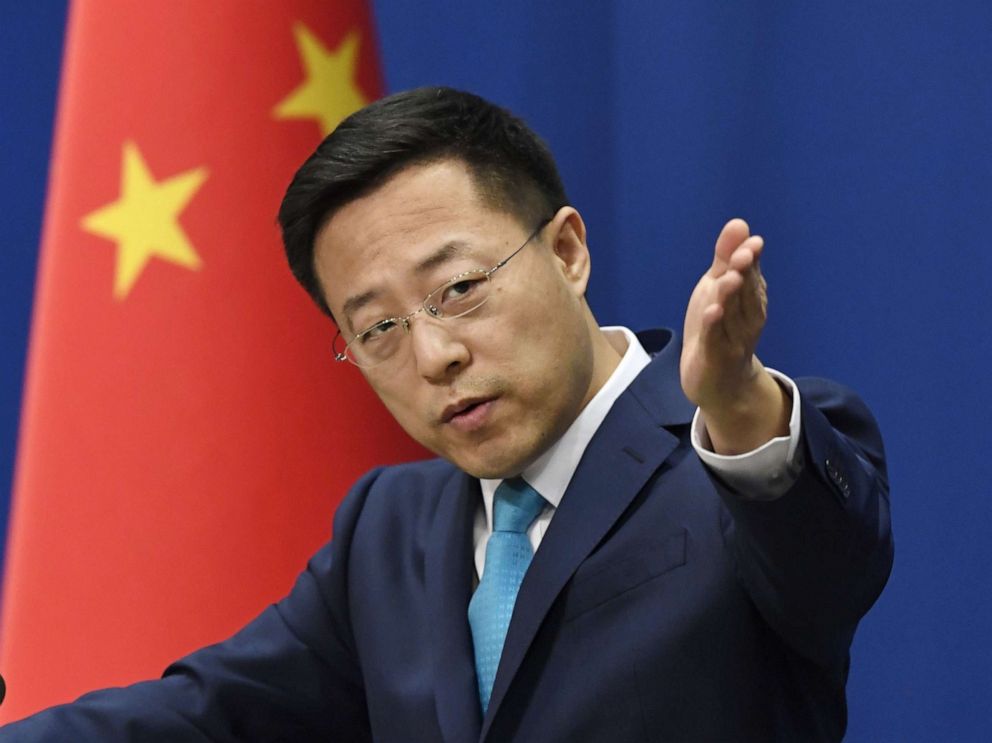
"Everyone knows it came out of China, but I decided we shouldn't make any more of a big deal out of it," Trump said.
In contrast, the State Department and China's Foreign Ministry continue to engage in a fierce back-and-forth on Twitter, which notably, the Chinese government has barred its public from accessing.
Chinese Foreign Ministry spokesperson Hua Chunying accused State Department spokesperson Morgan Ortagus of "lying and slander" after Ortagus highlighted that authorities in Hubei province ordered labs to stop testing and destroy samples, while officials arrested or reprimanded doctors for speaking out on social media about the outbreak.
"Please take some time to understand the situation before you speak," Hua tweeted.
Ortagus fired back with the hashtags "CovidCoverup" and "ChinaTransparencyNow," again accusing Chinese authorities of refusing "to admit human-human transmission until Jan. 20, with catastrophic consequences."
On Jan. 20, Dr. Zhong Nanshan, a Chinese official helping lead the coronavirus response, announced the virus can be transmitted person to person, six days after WHO said Chinese doctors had "no clear evidence of human-to-human transmission."
A little over two months later, with over 400,000 cases worldwide, it's now clear that is not the case.
What to know about coronavirus:
- How it started and how to protect yourself: coronavirus explained
- What to do if you have symptoms: coronavirus symptoms
- Tracking the spread in the US and Worldwide: coronavirus map
